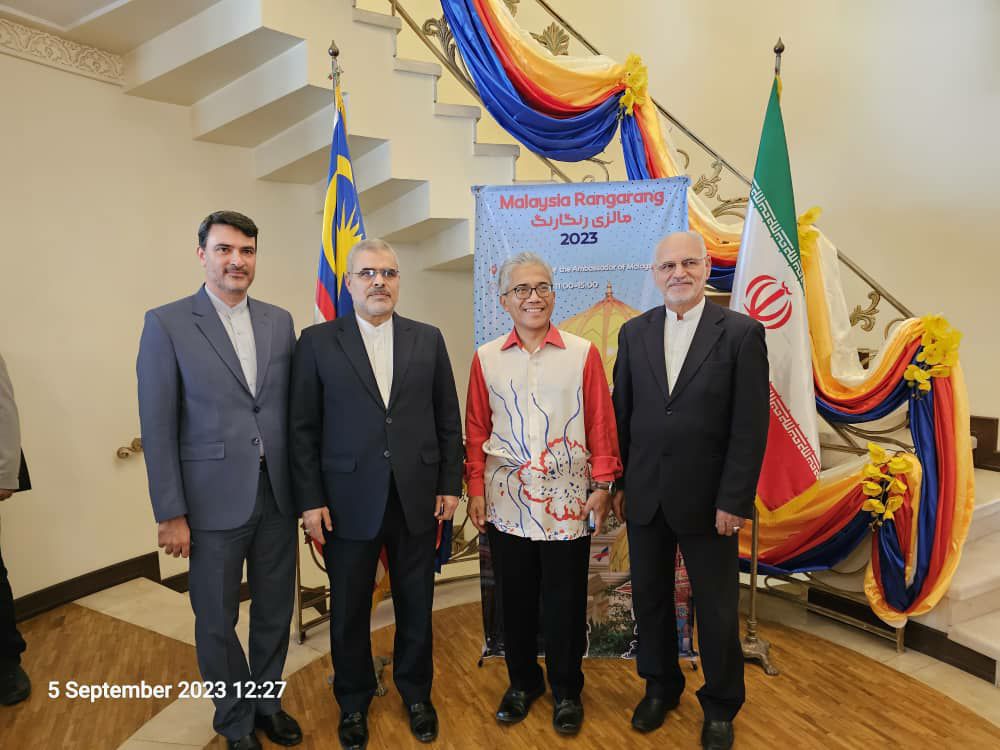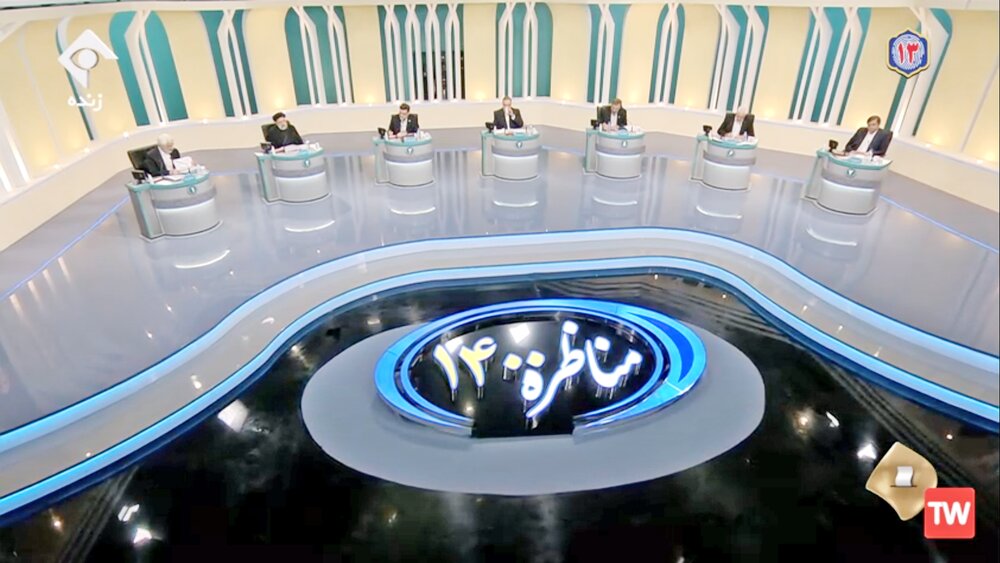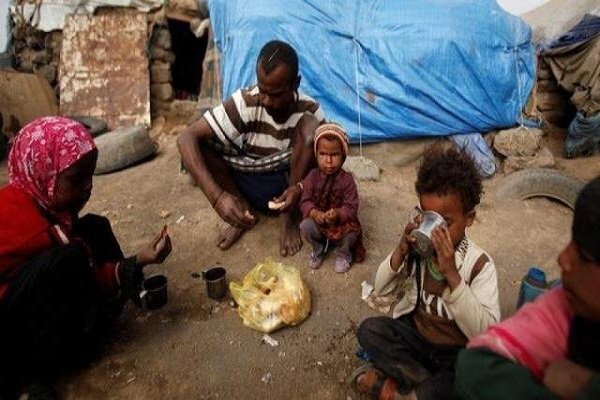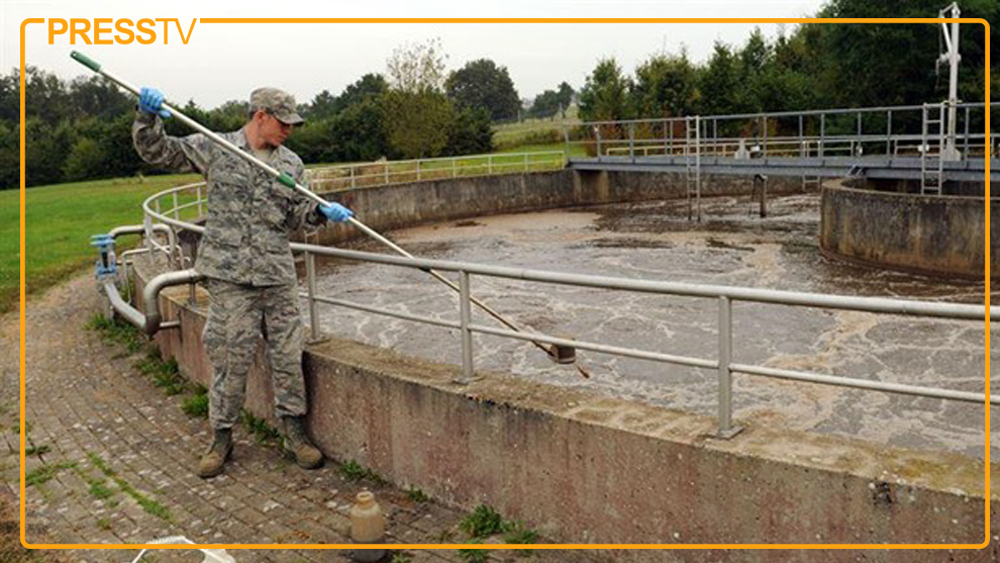Moving Beyond Raw Exports Through Regional Value Chains
TEHRAN (Iran News) Speaking at the National Export Day Conference, Hassanzadeh congratulated the nation’s exporters—whom he called “the flagbearers of Iran’s economic dignity”—for their perseverance in keeping production and exports alive despite difficult economic conditions.
“Exports showcase Iran’s capabilities and serve as a dialogue with the world through work and innovation,” he said. “They prove that the Iranian nation stands tall despite pressures and sanctions, with faith in the future—even though the path of export in Iran is not easy.”
Hassanzadeh identified sanctions as the foremost challenge for Iran’s exporters, noting that they have long increased the cost of trade and limited international engagement. However, he stressed that unstable currency and trade policies are equally damaging.
“We hope that through regular meetings between the Central Bank and the Iran Chamber, coherence can be restored to this area,” he said.
He added that the current export landscape is shaped by new geopolitical uncertainties, from sanctions and changing transit routes to emerging regional monetary arrangements, all of which are reshaping Iran’s foreign trade environment.
In this context, Hassanzadeh underlined that Iran must move beyond raw material exports toward participation in regional value chains, calling it an economic and strategic necessity.
“Neighboring markets hold tremendous capacity to absorb Iranian goods and technological services, yet logistical and infrastructure constraints remain major bottlenecks,” he explained.
He urged Iranian producers and exporters to rely on regional multilateral agreements and to strengthen private-sector economic diplomacy to transition from raw exports to joint production contracts, technology transfer, and export branding.
Based on ICCIMA research, Hassanzadeh identified three key levers for boosting exports over the next 6 to 18 months:
Streamlining and targeting regulations along key transit routes—such as the East–West Corridor and railway links with Central Asia—to reduce transportation costs and delays.
Strengthening financial instruments for exporters, including supply chain financing, regional letters of credit, and risk-coverage mechanisms to sustain production and trade flows.
Upgrading product standards and national brands in neighboring markets, while increasing participation by small and medium-sized enterprises (SMEs).
He also called for multilateral regional agreements—covering tariffs, customs, transit, and monetary issues—to connect Iran to global value chains and to empower chambers of commerce nationwide as active players in economic diplomacy.
“By reinforcing these three pillars, we can build an integrated chain from production to transit and guide Iran’s non-oil exports toward a sustainable, forward-looking future,” Hassanzadeh said.
The ICCIMA president stressed that Iran’s private sector remains optimistic, backed by the country’s young, creative, and resilient workforce.
“Even without full government support, Iranian exporters continue to conquer new markets one by one,” he noted.
Quoting the Supreme Leader’s repeated emphasis on the role of exports in supporting domestic production, Hassanzadeh said that export-oriented thinking must be embedded throughout Iran’s economic structure.
“Export development should not be the responsibility of a single ministry or agency. All institutions—from the Central Bank to the Ministries of Industry, Economy, and Foreign Affairs—must move in the same direction,” he said.
He named digitalization of exports, regional cooperation to mitigate sanctions, and reform of customs, banking, and insurance systems as the key enablers of Iran’s export development.
“Every shipment leaving Iran’s borders is not just a product—it is a message of peace, cooperation, and creativity from our nation. Trade can be a bridge for friendship and stability in a tense world. To make exports the engine of Iran’s growth, we must reduce state control and empower the real private sector. The private sector is not a rival of government—it is its development partner,” he said.
Hassanzadeh presented three major proposals to the government, drawn from the perspective of private-sector leaders:
Fully implement the Law on Continuous Improvement of the Business Environment and involve real private-sector representatives in trade policy decisions.
Establish a network of experienced Iranian traders in target countries—in collaboration with ICCIMA—to serve as advisers and operational arms of Iran’s commercial attachés abroad.
Ensure stability in currency policies by publishing a clear medium-term roadmap defining preferential exchange rates, currency return regulations, and export tariffs.
“Unstable regulations and constantly changing currency policies have confused exporters and cost us valuable markets,” he concluded. “It is time to turn the maze of currency policy into a clear, direct path that capable exporters can follow with confidence.”
- source : IRAN NEWS ECONOMIC DESK






























